Pinon pine trees
mazer415
13 years ago
Related Stories
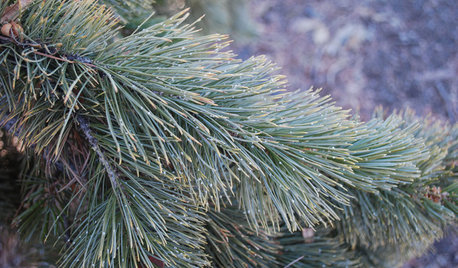
GARDENING GUIDESGreat Design Plant: Rocky Mountain Bristlecone Pine
Try this drought-tolerant small evergreen for its sculptural beauty and slow-growing nature
Full Story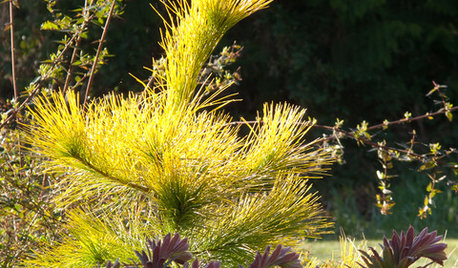
GARDENING GUIDESGreat Design Plant: Louie Eastern White Pine
This stunning golden conifer will bring a smile to your face and add a ray of sunshine to your winter garden
Full Story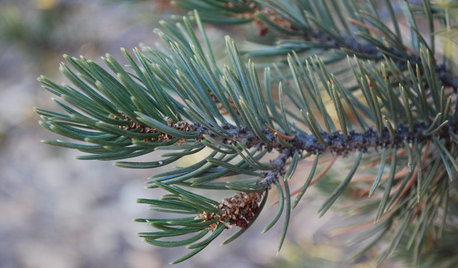
TREESGreat Design Plant: Pinyon Pine
You might just go nuts for this tough evergreen native to the Western U.S.
Full Story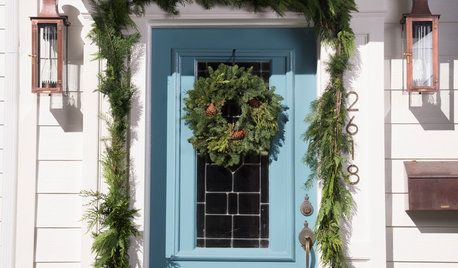
CHRISTMASQuick and Easy Christmas Decor With Greens, Wreaths and Pine Cones
When you're short on time, focus on the basics to make your house festive and fragrant
Full Story
Pine Cones: Not Just for Christmas
These natural treasures from the trees testify to Mother Nature's eye for great design
Full Story
CHRISTMASBuild a Refreshingly Alternative Plywood Christmas Tree
Let others have their traditional pine. This wooden version you make yourself celebrates modern DIY style
Full Story
GARDENING GUIDESTree Care: Common Tree Diseases and What to Do About Them
Learn to recognize trees that may be affected by diseases or pests so you can quickly take action
Full Story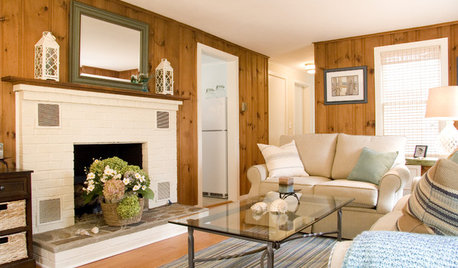
WALL TREATMENTSThese Are Not Your Grandfather’s Pine Walls
The knotty look went from popular to pariah in years past, but today’s designers are finding new and stylish ways to embrace it
Full Story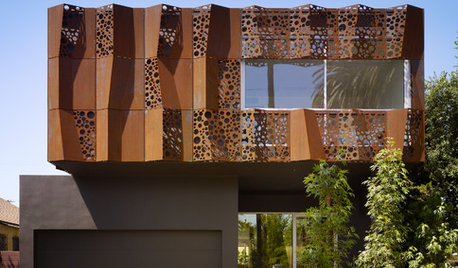
CONTEMPORARY HOMESHouzz Tour: Dappled Light Inspires Artistic Wrapping
Cor-Ten cut with circles mimics the effect of a massive pine tree’s canopy, for a striking look inside and out
Full Story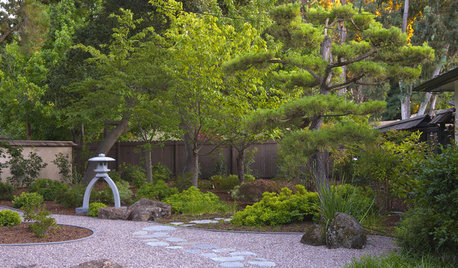
GARDENING GUIDESGreat Design Plant: Pinus Thunbergii ‘Thunderhead’
Thunderhead pine adds year-round strength and structure to the garden
Full StorySponsored






fabaceae_native
nmgirl
Related Professionals
Deer Park Landscape Architects & Landscape Designers · Winder Landscape Architects & Landscape Designers · Finneytown Landscape Architects & Landscape Designers · Berkeley Heights Landscape Contractors · Costa Mesa Landscape Contractors · El Reno Landscape Contractors · North Chicago Landscape Contractors · North Highlands Landscape Contractors · Point Pleasant Landscape Contractors · Rockwall Landscape Contractors · Saint George Landscape Contractors · Salem Landscape Contractors · San Pedro Landscape Contractors · South Farmingdale Landscape Contractors · West Chester Landscape Contractorsfabaceae_native
nmgirl
mazer415Original Author
dricha
linda_tx8
scotjute Z8
dolphin_79605